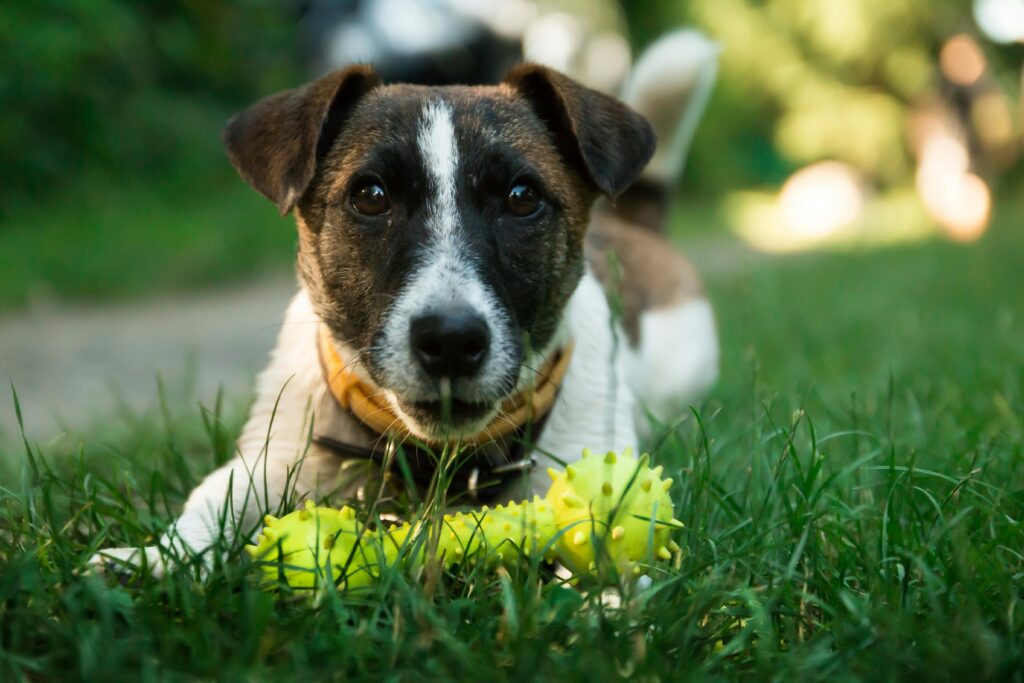
Training your puppy doesn’t have to feel like a chore. By incorporating play into your daily routine, you can teach your furry friend obedience while keeping them engaged and happy. The play to teach approach is a fun, effective way to help your puppy learn essential commands, improve focus, and build a strong bond with you.
This guide will walk you through how to use playful activities and everyday adventures to instill obedience in your puppy.
Why Use Play to Teach Obedience?
Puppies are naturally playful and curious, which makes play an ideal training tool. Here’s why the play to teach method works so well:
- Engagement: Puppies learn faster when they’re having fun and actively involved.
- Positive reinforcement: Play provides opportunities to reward good behavior with treats, toys, or praise.
- Stress-free training: By integrating play into training, you create a relaxed environment for your puppy to learn.
- Stronger bond: Shared playtime builds trust and deepens your connection with your puppy.
With play to teach, training becomes an enjoyable part of your daily routine rather than a separate task.
Everyday Activities That Incorporate Play and Training
1. Hide and Seek for Recall Training
Hide and seek is a fantastic game to teach your puppy recall skills.
- Start by hiding in a nearby location and calling your puppy’s name.
- Reward them with treats or praise when they find you.
- Gradually increase the difficulty by hiding in more challenging spots.
This game strengthens your puppy’s ability to focus on your voice and respond promptly.
2. Fetch with a Twist
Turn a game of fetch into a lesson in following commands.
- Before throwing the toy, ask your puppy to “sit” or “stay.”
- Once they comply, toss the toy and encourage them to retrieve it.
- Use the command “drop it” when they bring the toy back, rewarding them for letting go.
Fetch reinforces obedience while keeping your puppy active and entertained.
3. Obstacle Course for Problem-Solving
Creating a mini obstacle course at home is an engaging way to teach commands like “jump,” “crawl,” or “wait.”
- Use household items like cushions, chairs, or boxes to set up the course.
- Guide your puppy through the obstacles, rewarding them for completing each step.
This activity enhances your puppy’s focus, confidence, and ability to follow directions.
4. Tug-of-War for Self-Control
Tug-of-war can teach your puppy impulse control when played correctly.
- Establish rules, such as only starting the game when you say “take it.”
- If your puppy gets too excited, pause the game and wait for them to calm down before resuming.
- End the game with a “drop it” command, rewarding them for letting go.
By playing tug-of-war with boundaries, you reinforce self-discipline while satisfying your puppy’s love for play.
5. Follow the Leader for Focus
This game encourages your puppy to pay attention to your movements and commands.
- Walk around your home or yard, changing direction and pace.
- Use commands like “heel” or “follow” to guide your puppy.
- Reward them for staying by your side and responding to cues.
Follow the leader teaches your puppy to focus on you, even in dynamic situations.
Tips for Success with Play to Teach
- Keep sessions short: Puppies have limited attention spans, so focus on brief but frequent training sessions.
- Be consistent: Use the same commands and cues to avoid confusion.
- Choose high-value rewards: Treats, toys, or praise should be meaningful to your puppy.
- Adapt to your puppy’s energy: Match the game’s intensity to your puppy’s energy level for maximum engagement.
- End on a positive note: Finish each session with success and reward your puppy to maintain enthusiasm for learning.
The Benefits of Everyday Adventures
Using play to teach obedience offers a range of benefits for both you and your puppy, including:
- Improved responsiveness to commands in real-world scenarios.
- Strengthened mental and physical health through interactive activities.
- A more confident puppy who thrives in a positive learning environment.
- A deeper bond between you and your puppy through shared experiences.
How to Know It’s Working
Signs that the play to teach approach is effective include:
- Quicker responses to commands during play and daily activities.
- Improved focus and reduced distractions during training.
- A happier, more engaged puppy eager to participate in games and lessons.
Conclusion
The play to teach method is a fun, practical way to incorporate obedience training into your puppy’s daily life. By using games and everyday activities as teaching tools, you create a natural and enjoyable learning environment that sets your puppy up for long-term success.
Start exploring these playful strategies today, and watch as your puppy learns valuable skills while building a loving bond with you. With consistency, patience, and creativity, training becomes an adventure both you and your puppy will look forward to. Petsdogpuppy
